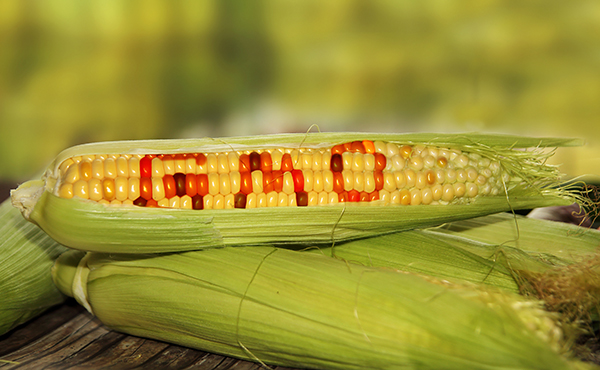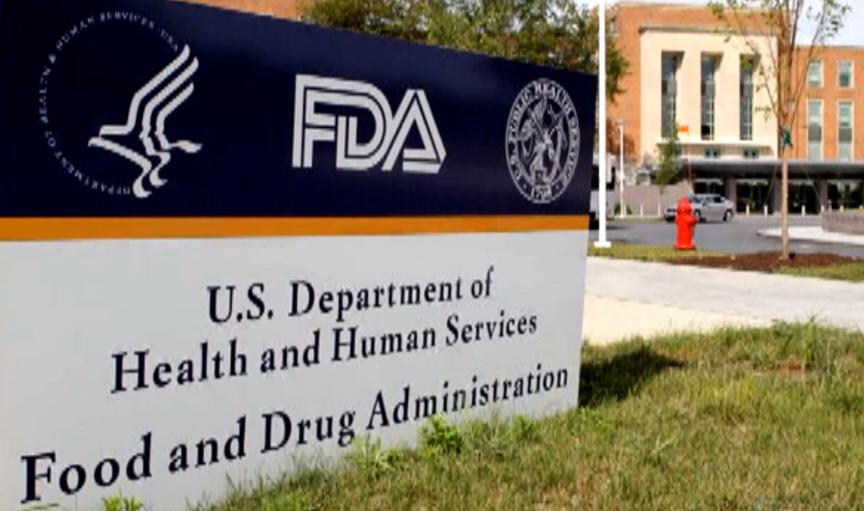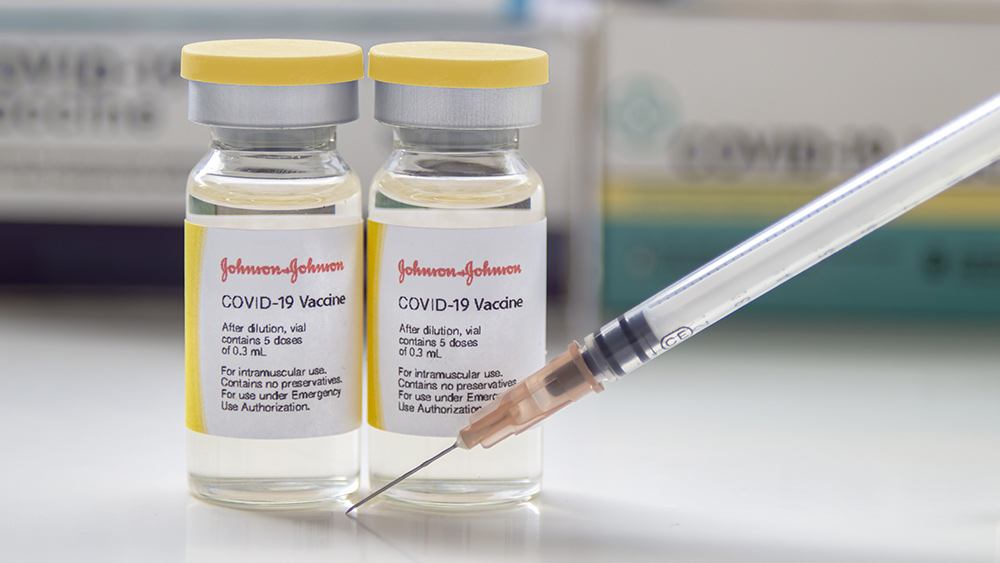Claire Robinson takes a critical look at GMOs in her book “GMO Myths and Truths”
07/21/2025 / By Ramon Tomey

- Claire Robinson’s “GMO Myths and Truths: A Citizen’s Guide to Genetically Modified Crops and Foods” exposes the biotech industry’s unsupported promises (e.g., higher yields, reduced pesticides) and highlights the failure of GMOs to deliver these benefits, while mounting evidence reveals significant risks to health and ecosystems.
- Unlike traditional breeding, GM technology is imprecise and disruptive, often causing unintended mutations in plants. Regulatory reliance on “substantial equivalence” ignores altered nutrient profiles, allergens and toxins in GM crops (e.g., Brazil nut genes in GM soy).
- GM food safety studies are primarily industry-funded, with lax oversight. Agencies like the FDA ignore independent warnings, dismiss adverse effects (e.g., organ damage in animal studies) and block transparency, prioritizing corporate interests over public health.
- Herbicide-resistant GM crops have spawned superweeds and increased chemical use, while Bt crops face pest resistance. Cross-pollination contaminates non-GMO fields, harms biodiversity and jeopardizes organic farming, with irreversible ecological consequences.
- The book advocates for labeling and independent research to counter industry misinformation. True agricultural sustainability lies in ecological farming – not corporate-controlled GMOs – empowering citizens to make informed choices about food and health.
Claire Robinson’s “GMO Myths and Truths: A Citizen’s Guide to Genetically Modified Crops and Foods” dismantles the widely promoted narrative that genetically modified organisms (GMOs) are a scientific triumph essential for feeding the world.
Written as a citizen’s guide, the book exposes flaws in the biotechnology industry’s claims, challenges regulatory oversights and highlights the potential dangers of GMOs to health, agriculture and the environment. The authors began their work in 2010 after noticing a troubling disconnect.
Despite decades of scientific debate raising concerns about GMOs, the public was being told opposition lacked credible evidence. Meanwhile, extravagant promises such as higher yields, sustainability and reduced pesticide use were being made without substantiation. Decades later, these promises remain unfulfilled – and mounting evidence suggests GMOs may instead pose serious risks.
One of the book’s key arguments is that genetic engineering differs drastically from traditional breeding. Proponents often claim GM technology is precise and controlled – but in reality, the process is highly unpredictable. Creating a GM crop involves forcibly inserting foreign genes into plant DNA using methods like bacterial infection or gene guns, which can disrupt the plant’s biochemistry in unintended ways.
The resulting mutations may lead to unknown health or environmental effects, yet these risks are dismissed under the flawed principle of “substantial equivalence” – a regulatory loophole that assumes GM crops are nutritionally identical to non-GM varieties. In truth, studies show GM crops often have altered nutrient profiles, unexpected toxins or allergens, such as GM soy containing Brazil nut genes triggering allergic reactions.
Regulatory failures further compound the problem. GM foods are primarily tested by the companies selling them, with minimal independent oversight. The Food and Drug Administration (FDA), for instance, relies on industry-funded studies while ignoring its own scientists’ warnings about unique GMO risks.
Long-term safety studies are rare, and when adverse effects – like organ damage in rats fed GM maize – are found, they are brushed aside as “not biologically significant.” This lack of transparency and rigor raises ethical concerns, particularly since consumers and farmers are denied the right to make informed choices about GMO consumption.
Environmental impacts are equally alarming. Herbicide-resistant GM crops, touted as reducing chemical use, have instead fueled a crisis of “superweeds” – forcing farmers to apply ever-stronger herbicides. Similarly, Bt crops (engineered to produce insecticide) initially reduced pesticide spraying but now face resistant pests, pushing farmers back to chemical dependence.
The ripple effects harm ecosystems. Pesticides decimate pollinators like bees, while soil health degrades due to monocropping and chemical overuse.
Cross-pollination from GM crops also contaminates non-GMO fields, undermining organic farming and eroding biodiversity. Once released, GMOs cannot be recalled – making their irreversible ecological consequences a gamble with no undo button.
Human health risks add another layer of concern. Animal studies link GMOs to sterility, organ damage and immune disorders, though industry-funded researchers dismiss these findings. Meanwhile, rising rates of allergies and autoimmune diseases correlate with GMO proliferation, yet causation is difficult to prove due to stifled research.
Whistleblowers allege that studies critical of GMOs are suppressed, while pro-GMO lobbying led by firms like Monsanto shapes policy through revolving-door relationships between regulators and agribusiness. Corporate resistance to labeling, despite 90 percent of Americans supporting it, fuels suspicion that the industry hides risks to protect profits.
Robinson’s book ultimately argues that GM crops are not the panacea claimed by biotech advocates. Their benefits – yield increases, reduced chemicals and nutritional enhancements – have consistently fallen short, while hidden costs proliferate.
True agricultural sustainability lies not in corporate-controlled GM systems but in diversified, ecological farming that prioritizes long-term health over short-term profit. Transparency through policies like GMO labeling is vital to correcting industry misinformation and empowering citizens.
“GMO Myths and Truths” serves as a rallying cry. Before embracing unproven technologies, society must demand science-driven accountability, ethical regulation and the right to know what’s on our plates. The stakes for our health, environment and food sovereignty could not be higher.
Watch this video about the book “GMO Myths and Truths: A Citizen’s Guide to Genetically Modified Crops and Foods” by Claire Robinson.
This video is from the BrightLearn channel on Brighteon.com.
Sources include:
Submit a correction >>
Tagged Under:
agriculture, big government, biotechnology, Claire Robinson, corruption, crops, Dangerous, genetic engineering, genetic lunacy, genetic modification, GM crops, GMO, GMO Myths and Truths, harvest, regulators, Suppressed
This article may contain statements that reflect the opinion of the author





















